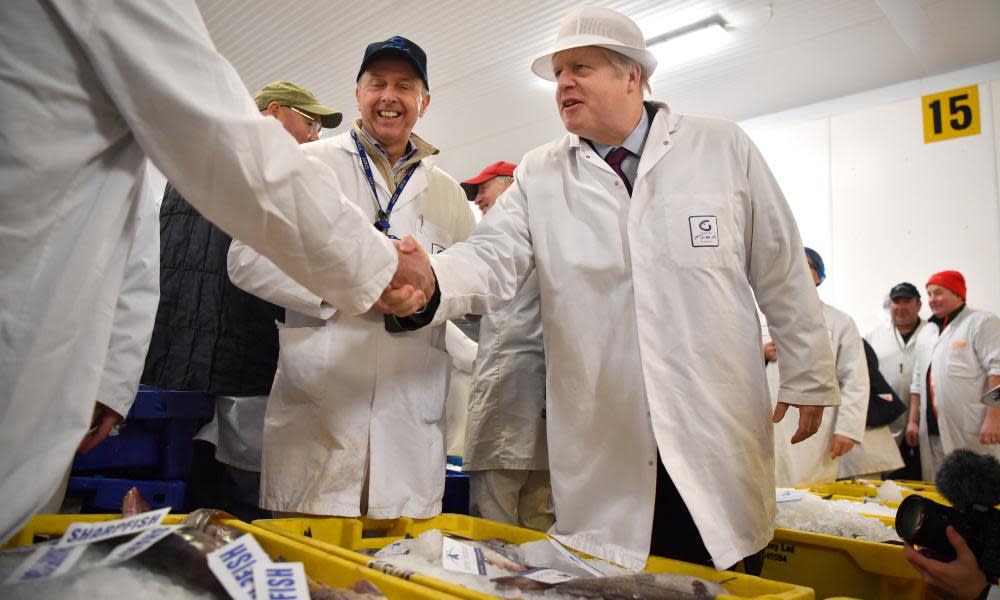Aside from Brexit, what else will Boris Johnson’s government ‘get done’?

Boris Johnson now has a bigger majority than any Conservative prime minister since Margaret Thatcher. He is not a new prime minister but he is, for the first time, an election-winning prime minister – and can govern accordingly.
For the first four months of his premiership Johnson was a man in a hurry, racing to get through the same stages of Brexit that Theresa May took three years to attempt. Like May, Johnson negotiated a deal with the EU. Like May, he failed in his attempts to get that deal through parliament. Unlike May, he used the ongoing challenge of parliamentary arithmetic to successfully persuade the electorate to hand him the majority he asked for to get Brexit done.
He now returns to 10 Downing Street in a very different situation. With a considerable majority, he can look forward to a full five years in post. He can be sure of making progress over Brexit and will be confident that he can win parliamentary votes on a whole range of other policies. The opposition parliamentary tactics that became a feature of the last parliament – the seizing of the order paper, the tabling of emergency debates – will no longer be a concern.
For the time being, however, he is still a man in a hurry. Johnson wants to get his withdrawal agreement through parliament so that the UK completes the first stage of its divorce from the EU by 31 January. But then what? The Conservative manifesto and the 142 days of his premiership so far offer few clues as to what a majority Johnson premiership will look like.
The size of the Tory majority means Johnson now leads a party represented by massively contrasting constituencies
Governing as a majority requires a shift in style. Johnson has the strength to make concessions to parliament. He has time to work up legislation, and time to let parliament scrutinise it. The risk of defeat in the Commons has all but evaporated, and with it the fraught atmosphere of the past few years. But where the pre-election Johnson was quick to attack opposition MPs – and strip away the whip from those in his party who defied him – the post-election Johnson has an opportunity, and safety in numbers, to show a willingness to work with parliament.
This could mean a shift in his Brexit tactics. Once the UK has left the EU and entered the transition period, Johnson could choose to take his time over negotiating the future relationship – even though he has repeatedly promised to have this signed and sealed before the transition period ends next December. His enhanced majority means the demands of the European Research Group – the hardcore Brexit collective of Tory MPs – will no longer carry as much weight, so he can opt for a longer transition and a softer Brexit, if he wants. It now depends on what form of Brexit Johnson actually thinks is best for the country. He also has to think about keeping the union together. A harder Brexit will only exacerbate the alienation of Scotland, which voted so heavily for the SNP.
On domestic policy, the Conservative manifesto was light on detail. It set out a programme for one year, but failed to explain how a Conservative government would deliver world-class public services while also avoiding tax rises. Nor were there any details of a promised plan to deliver social care, while flagship infrastructure policies on HS2 and Heathrow barely troubled the word count. We will have to wait to see what policies, beyond Brexit, Johnson wishes to define his premiership by.
Related: Out of this darkness we must find the will to fight back | George Monbiot
However, the size of the Tory majority means Johnson now leads a party represented by massively contrasting constituencies. It has a foothold in seats that have been held by Labour for generations – and whose constituents will demand the investment in public services that the prime minister has promised. Many of these new MPs represent seats that will make varying and complicated demands as Johnson thrashes out the terms of a trade deal with the EU.
The Conservative party has grown used to trying to govern with a tiny majority or without a majority at all – whether in coalition, or with a confidence and supply partner. But the “people’s government” – as Johnson has rebranded his majority – is made up of many varied views and priorities from across the country. Johnson managed to bring the Tories together during the election campaign. Now, with his vast majority, his challenge is to keep everyone in the party pulling in the same direction.
• Catherine Haddon is senior fellow at the Institute for Government

 Yahoo News
Yahoo News 
